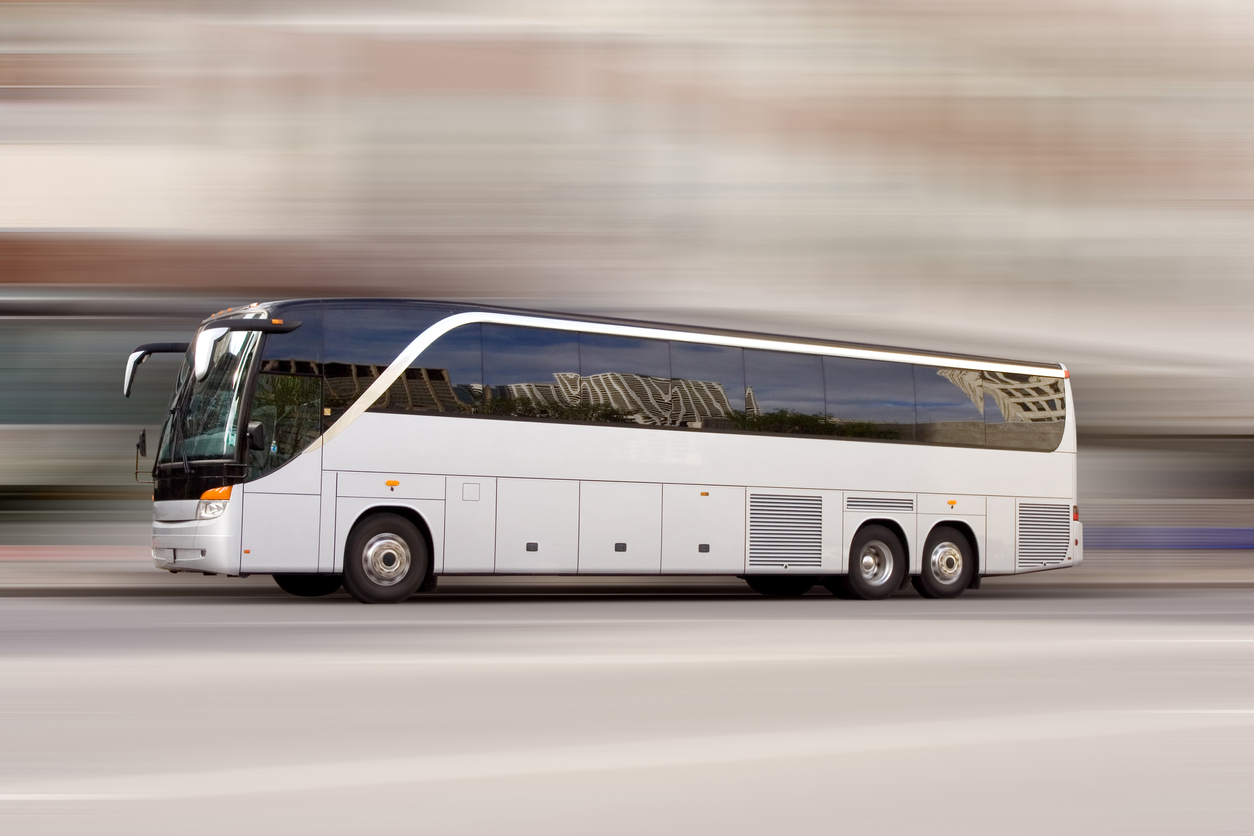Standardisation
Battery standards are mainly developed by the European Committee for Electro-technical Standardization (CENELEC), the International Electro-technical Commission (IEC), and sometimes by the International Standards Organization (ISO) and within the United Nations Economic Commission for Europe (UN ECE).
IEC Technical Committee 21 and its sub-committee 21A (IEC TC21/SC21A)
These represent a unique international place where battery experts are leading the development of IEC standards on secondary cells and batteries. The IEC TC21 & SC21A have direct liaisons installed with ISO and other application-oriented IEC TCs, in order to ensure that battery experts are involved from the outset when it comes to standardising battery features for specific applications.
The IEC TC21/SC21A provides standards for all secondary cells and batteries related to product (dimension and performance), safety (including marking and labelling), testing, and safe application (installation, maintenance, operation) irrespective of type or application or configuration (hybrid, stand alone, module).
Usage
Main applications

Automotive
(car, motorcycle, truck) for starting, lighting, ignition, start/stop

Industrial
Telecom, UPS, reliable power supply, emergency lighting and traction

Electric vehicles
full electric vehicle, hybrid car, light electric vehicle, bicycle

Portable
Computer, tool, lamp

Onboard batteries
(aircraft, railway, ship, motor-home) energy storage (renewable, on- grid and off-grid).
CENELEC Technical Committee 21x (CLC TC21x)
This committee is responsible for developing European cell and battery standards and is the mirror committee of the IEC TC21/SC21A. The national members and committees work jointly to develop and define standards that are considered necessary by market actors and in some cases to also support the implementation of European legislation.
One major task of the CLC TC21x is to implement IEC.TC21/SC21A documents into CENELEC standards. Sometimes it is the other way around, and Europe initiates projects to bring European standards at World-level.
Besides preparing Safety Standards and associated Codes of Practice, the CLC TC21x may also consider environmental requirements for batteries which serve specific applications (eg. pHEV/EV and grid large scale storage). The committee investigates if standards can help to achieve specific societal goals, such as resource efficiency aspects of batteries (raw material independency, recycling, eco-design, integration of storage capacities in energy systems).
The European Standardisation System is unique in the world. After the publication of a European Standard, each national standards body or committee is obliged to withdraw any national standard which conflicts with the new European Standard. Hence, one European Standard becomes the national standard in all of the 34 CEN/CENELEC member countries..
Process
How to participate in the batteries standardisation process
If you wish to participate in the development of CEN/CENELEC or IEC battery standards, please get in touch with the secretariat of your local National Committee. The complete list of countries is available HERE. If your country does not yet have a National Committee, please contact the IEC TC 21 leaders who will support you to find a solution.
Suggestions or proposals for new work related to battery standardisation have to be submitted via the National Committees (NCs). A New Work Item Proposal (NWIP) should provide an outline and a working draft for discussion. The NWIP is submitted by the concerned NC, either to the CENELEC TC 21x Secretariat (European level only), contact details are HERE, or to the IEC TC 21 Secretary (International level), Contact details HERE. The next step will be a CENELEC or IEC specific voting/approval process.
How to purchase battery standards?
If you wish to participate in the development of CEN/CENELEC or IEC battery standards, please get in touch with the secretariat of your local National Committee. The complete list of countries is available HERE. If your country does not yet have a National Committee, please contact the IEC TC 21 leaders who will support you to find a solution.
Suggestions or proposals for new work related to battery standardisation have to be submitted via the National Committees (NCs). A New Work Item Proposal (NWIP) should provide an outline and a working draft for discussion. The NWIP is submitted by the concerned NC, either to the CENELEC TC 21x Secretariat (European level only), contact details are HERE, or to the IEC TC 21 Secretary (International level), Contact details HERE. The next step will be a CENELEC or IEC specific voting/approval process.